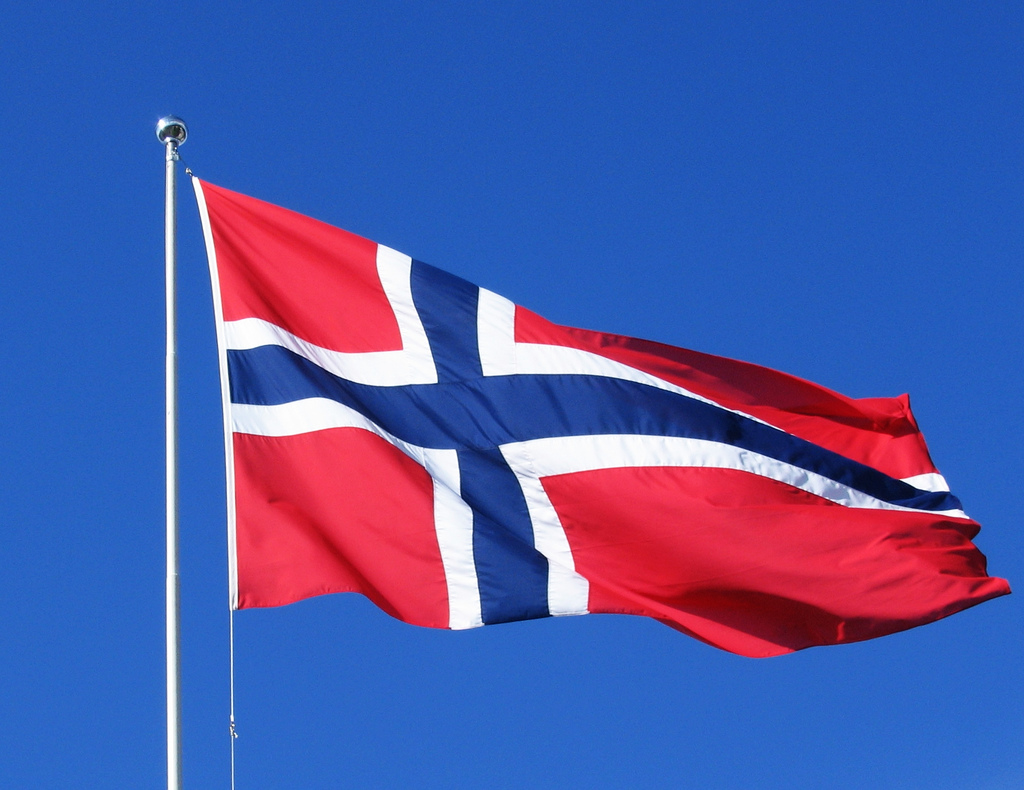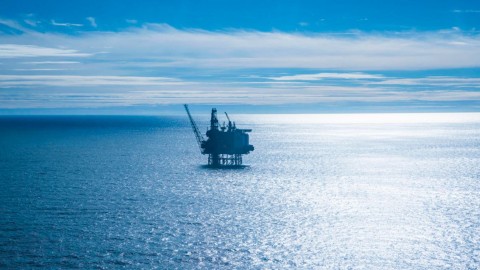Wood Mackenzie’s annual review of Norway’s upstream oil and gas sector reveals a largely positive picture.
Exploration activity remained strong, capex only declined slightly, and production increased for the first time in more than a decade.
Malcolm Dickson, principal North Sea analyst for Wood Mackenzie, pointed out that a record number of licenses were awarded for mature Norwegian exploration acreage, and throughout the Norwegian shelf 59 exploration and appraisal wells were drilled, the same number as in 2013.
These resulted in discovery of 817 MMboe, close to the 10-year average. But Dickson claimed that only four of the discoveries appeared to be commercial.
Two of the exceptions were VNG’s Pil and Bue finds in the Norwegian Sea, with a combined 135 MMboe in reserves and both close to existing infrastructure. Another was Lundin’s large Alta discovery in the Barents Sea, near its 2013 find. Among them major disappointments were the results of Statoil’s wells in its Barents Sea acreage in the Hoop and Johan Castberg areas.
Statoil remained the sector’s largest investor, accounting for one-third of the total development spend of $28.8 billion, down from 2013’s $29.8 billion. Around two-thirds was allocated to existing production assets.
Investment in new field developments remained steady at more than $11 billion. This included Eni’s delayed Goliat project in the Barents Sea. Spending on the giant Johan Sverdrup field in the North Sea is still due to start from 2015, once Norway’s parliament has sanctioned the development plan.
Last year five Norwegian fields entered production, the lowest since 2011, all of which are operated by Statoil and with combined recoverable reserves of 292 MMboe. They contributed to Norway’s first increase in oil production in 14 years. During 2015, eight fields are expected to come onstream and contribute 766 MMboe of new reserves.
Dickson cautioned that following the oil price drop, “we expect to see a slow down in exploration, merger and acquisition activity, and investment – which we currently expect to fall by 25%, to around $22 billion. The current uncertainty over the oil price and future project returns means that cuts in exploration, deals and development spend will be unavoidable for the Norwegian sector in 2015.”
Source: Offshore












